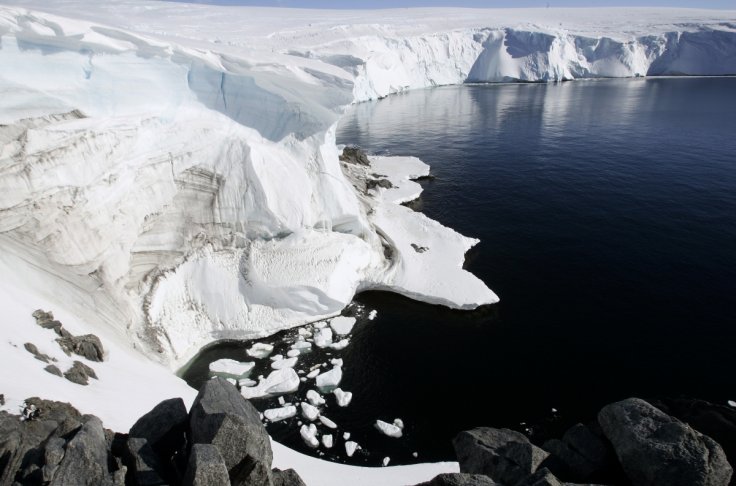Half of sea ice loss and the Arctic warming from 1955 to 2005, which is roughly around a third of all global warming in the course of the period, was on account of Ozone-depleting substances, says a new study.
The first paper to report about a rapidly expanding hole in Earth's stratospheric ozone over Antarctica was published in 1985. This discovery prompted scientists to work together and ascertain the cause behind this phenomenon. They found that long-lived artificial halogen compounds that were completely manmade and used primarily as propellants, solvents, and refrigerants, were the cause.
These substances act as supplements to CO2
The new study from researchers at Columbia University and published in the journal Nature Climate Change examined the greenhouse warming effects of ozone-depleting substances (ODS).

It found that the ozone-depleting substances acted as a strong supplement to carbon dioxide, the most pervasive greenhouse gas. "We showed that ODS have affected the Arctic climate in a substantial way," said researcher Michael Previdi from Lamont-Doherty Earth Observatory.
The scientists reached their conclusion using two very different climate models that are widely employed by the scientific community, both developed at the US National Center for Atmospheric Research. The results highlight the importance of the Montreal Protocol, which has been signed by nearly 200 countries.
Work to mitigate damage is ongoing
"Climate mitigation is in action as we speak because these substances are decreasing in the atmosphere, thanks to the Montreal Protocol," said Lorenzo Polvani, lead author of the study. "In the coming decades, they will contribute less and less to global warming. It's a good-news story".
In the 1980s, a hole in Earth's stratospheric ozone layer, which filters much of the harmful ultraviolet radiation from the sun, was discovered over Antarctica. Scientists quickly attributed it to ODS. The world sprang into action, finalizing a global agreement to phase out ODS.
The Montreal Protocol was signed in 1987 and entered into force in 1989. Due to the swift international reaction, atmospheric concentrations of most ODS peaked in the late 20th century and have been declining since. However, for at least 50 years, the climate impacts of ODS were extensive, revealed the new study.
(With inputs from agencies)









